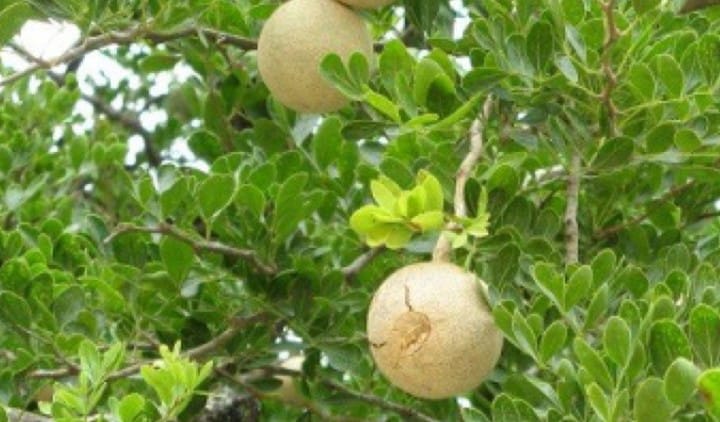Ber (Ziziphus mauritiana)
- Family: Rhamnaceae
- Origin: China
- Fruit Type: Drupe
- Climate: Extremely drought hardy
- Pollination: Gametophytic self-incompatibility
Important Cultural Practices
|
Practice |
Details |
|
Best Time for Pruning |
End of May to Mid-June (hot & dry season) |
|
Ideal Training Time |
March |
|
Planting Time |
Beginning of monsoon |
|
Flower Shedding |
Caused by October irrigation |
|
Fruit Spoilage |
Caused by March–April irrigation |
|
Bud Sprouting Treatment |
3% Thiourea or KNO₃ sprayed 2 days before pruning |
|
Storage Conditions |
3°C, RH: 85–90% |
|
Pre-Harvest Treatment |
750 ppm Ethephon at colour turning stage → early maturity |
Flowering & Fruiting
- Maturity: 150–175 days after flowering
- Harvesting:
- South India: October–November
- North India: February–April
Propagation
|
Method |
Time |
|
T- or I-budding (Shield) |
Common method |
|
Rootstock |
Ziziphus nummularia – dwarfing rootstock for high density planting |
Special Traits of Varieties
|
Variety |
Key Traits |
|
Sanuar-2 |
Resistant to powdery mildew |
|
Dodhia |
Resistant to fruit fly |
|
Illaichi |
90% pollen sterility, late maturing |
|
Umran |
From Rajasthan, late maturing, processed as Chhuhara |
|
Goma Kirti |
Early maturing selection from Umran |
Area-Wise Suitable Varieties
|
Climate/Area |
Suitable Varieties |
|
Extremely Dry |
Gola, Seb |
|
Dry Area |
Umran, Illaichi |
|
Humid Area |
Mehrun |
|
Mid Maturity |
Rashmi, Mundia, Banarasi |
Bael (Aegle marmelos)

- Family: Rutaceae
- Botanical Name: Aegle marmelos
- Origin: India
- Common Names: Bengal Quince, Indian Quince, Golden Apple
- Religious Significance: Sacred tree in Hinduism; leaves offered to Lord Shiva
Nutritional Composition (Unripe/Half-Ripe Fruit)
- Carbohydrates: 31.3% – 31.8%
- Protein: 1.8%
- Fibre: 2.9%
- Vitamin B₂ (Riboflavin): Richest source among fruits
Important Phytochemical; Marmelosin: Active ingredient extracted from the bark; medicinally important
Agronomic Characteristics
- Tolerance:
- Sodicity: Up to 30 ESP
- Salinity: Up to 9 EC
- Storage Conditions: 9°C, 85–90% RH
- Fruit Harvesting:
- Mature Green Fruit: Best for preserves
- Ripe Fruit: Used for beverages
Important Varieties
- Kagzi Gonda
- Kagzi Etawah
- Kagzi Banarasi
- Mitzapuri

